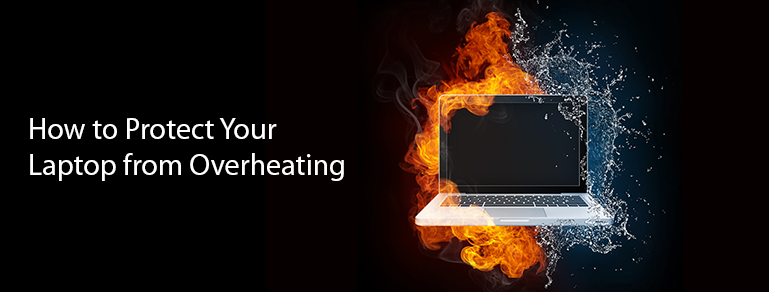D-Link vs TP-Link: Which Networking Brand Stands Strong in 2025?
Choosing between D-Link and TP-Link isn’t just about Wi-Fi speeds on the box. It’s about firmware updates, after-sales support, reliability under load, and whether you can actually get service in your city—Hubballi included. Here’s a practical, no-nonsense comparison for homes and small businesses in India.
Quick take
Reputation & Support (India reality)
- D-Link: User feedback is mixed. Some customers report slow or rigid warranty responses. Coverage exists via partners in many states, but city-level consistency varies.
- TP-Link: Generally better perceived responsiveness via India helpline and dealer network, though experiences still vary by case and model.
Firmware & Security Updates
- D-Link: Track model lifecycle closely. Older/EoL devices may stop receiving patches, which can leave known issues unaddressed.
- TP-Link: Popular models typically see more regular updates; critical CVEs tend to be patched. Some advanced features may sit behind paid tiers (e.g., security suites).
Hardware Quality & Real-World Performance
- D-Link: Price-to-specs can be attractive, but a few models underperform vs expectations under heavy load or have limiting Ethernet ports on otherwise fast Wi-Fi.
- TP-Link: Strong midrange and mesh (Deco) lineup; many models perform consistently in typical Indian apartments/offices.
Ecosystem & Apps
- D-Link: mydlink app is serviceable, but community tooling and third-party firmware support are more limited.
- TP-Link: Tether/Deco apps are polished; broader community and better odds of third-party firmware support on select models.
Side-by-side comparison
| Feature | D-Link | TP-Link |
|---|---|---|
| Support reputation | Inconsistent by region; responses can be slow; verify local partner coverage | More visible India support (toll-free, forums); still case-by-case |
| Firmware cadence | Watch for EoL; updates may stop sooner on some models | Better patch frequency on mainstream models; CVEs addressed faster |
| Security posture | History includes unpatched legacy devices; replace when EoL | Active patching; some security features in paid bundles |
| Hardware/value | Good pricing; occasionally mismatched ports vs Wi-Fi speeds | Stable midrange; mesh options (Deco) are strong performers |
| Ecosystem & apps | mydlink app; limited third-party firmware support | Tether/Deco apps; wider community & guides, better odds for OpenWrt (model-dependent) |
| Availability in India | Retail varies by city; confirm active model & warranty handling | Broad retailer presence; easier RMA via courier in many cases |
Hubballi / Tier-2 city considerations
- Local walk-in service may be limited for both brands—expect courier-based RMA.
- Buy models that are current and widely sold; they receive more frequent fixes and faster replacements.
- Avoid edge-case SKUs (rare models) unless you’ve confirmed firmware history and support path.
Service pointers (useful starting points)
D-Link (India): Look up current service partners in your state and confirm they handle your exact model and warranty.
TP-Link (India): Keep the India toll-free number handy and ask for the nearest RMA route; dealers often facilitate courier pickup.
Buying checklist
- Check the model’s release year and latest firmware date on the vendor site.
- Confirm it’s not EoL and see at least one recent firmware update (<12 months).
- Match Ethernet port speeds (WAN/LAN) to your ISP plan and LAN needs.
- If you need mesh, verify seamless roaming and backhaul options (wired/wireless).
- Ask your retailer exactly how warranty works in your city (address, courier, ETA).
- Save invoices, register the product, and enable auto-update checks after install.
FAQ
Which brand is better for apartments with thick walls?
Both can struggle through dense walls. Prefer a mesh system (e.g., TP-Link Deco) or plan for wired backhaul/strategic AP placement. Check reviews specific to your floorplan size.
Do I need Wi-Fi 6/7 right now?
For most users on sub-500 Mbps plans, Wi-Fi 6 (AX) is a sweet spot. Wi-Fi 7 (BE) helps with multi-gig and heavy concurrency but costs more. Ensure your client devices support it first.
What about security?
Install updates promptly, disable WPS, use WPA2/WPA3, change default admin passwords, and keep remote management off unless required.
Can I use third-party firmware?
Model-dependent. TP-Link tends to have broader community support on select models; D-Link support is more limited. Always verify exact model and hardware revision.


